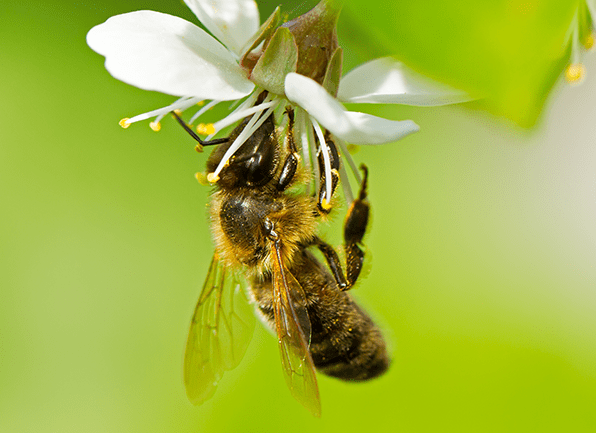Honey Bees in Kansas City
 The body of the bumble bee is in different parts: stinger, legs, reception apparatus, three portions of chest and six noticeable sections of midsection.
The body of the bumble bee is in different parts: stinger, legs, reception apparatus, three portions of chest and six noticeable sections of midsection.
The Head of the bee comprises of the eyes and elbowed antennae. The eyes incorporate the compound eyes and the simple eyes: the compound eye assists honeybees with getting color clarification, light and directional data from the sun’s UV beams, while the capacity of the basic eye, additionally called ocelli, helps in deciding the measure of light present. The bees’ antennae help to smell and distinguish scents and to quantify flight speed. The mandible is the honeybees jaw, which is utilized in eating flower pollen, cutting and forming wax, larvae feeding, including, the queen, hive cleaning, prepping and battling invaders.
Honeybees in Kansas City can be a lucrative business. Think about the good taste of honey. Without the honeybees there would be no honey. Honeybees occupy many habitats with flowers. They pollinate all flowers. Without their pollination, there would be no flowers to give to your loved ones. They are social insects, living in colonies of up to 100,000 workers with a single queen to lead the colony. Wild colonies build hives in hollowed out trees and other makeshift homes of wood. Adults eat nectar and honey and feed larvae honey…better known as beebread, a royal jelly. Beebread is a mixture of pollen and honey. Worker larvae receive royal jelly for the first 3 days of life, future queen larvae until they pupate.
Honeybees, brought to North America by American colonist, are native to the Old World and are now cosmopolitan. They are commercially raised as pollinators and for the wax, honey, venom, pollen, and other uses.